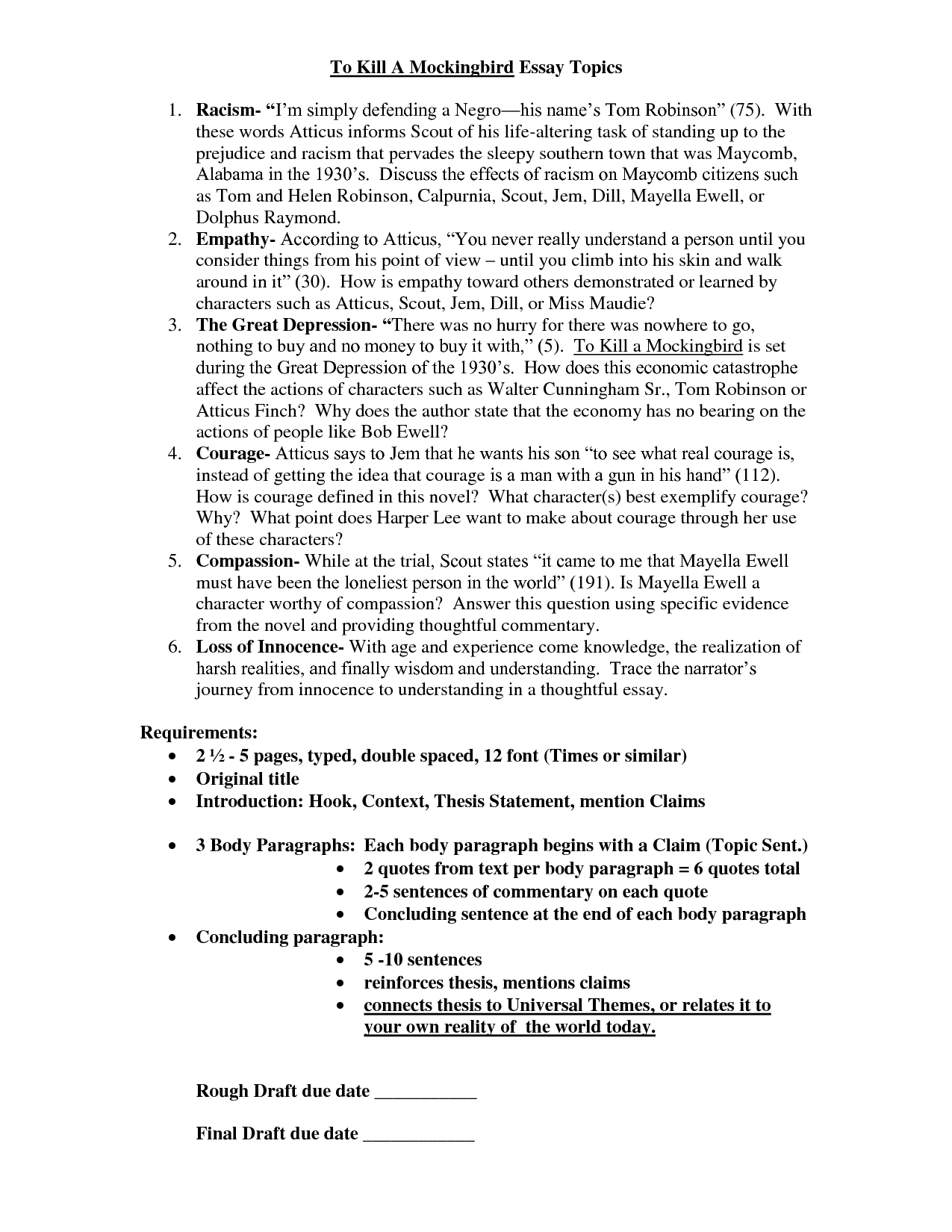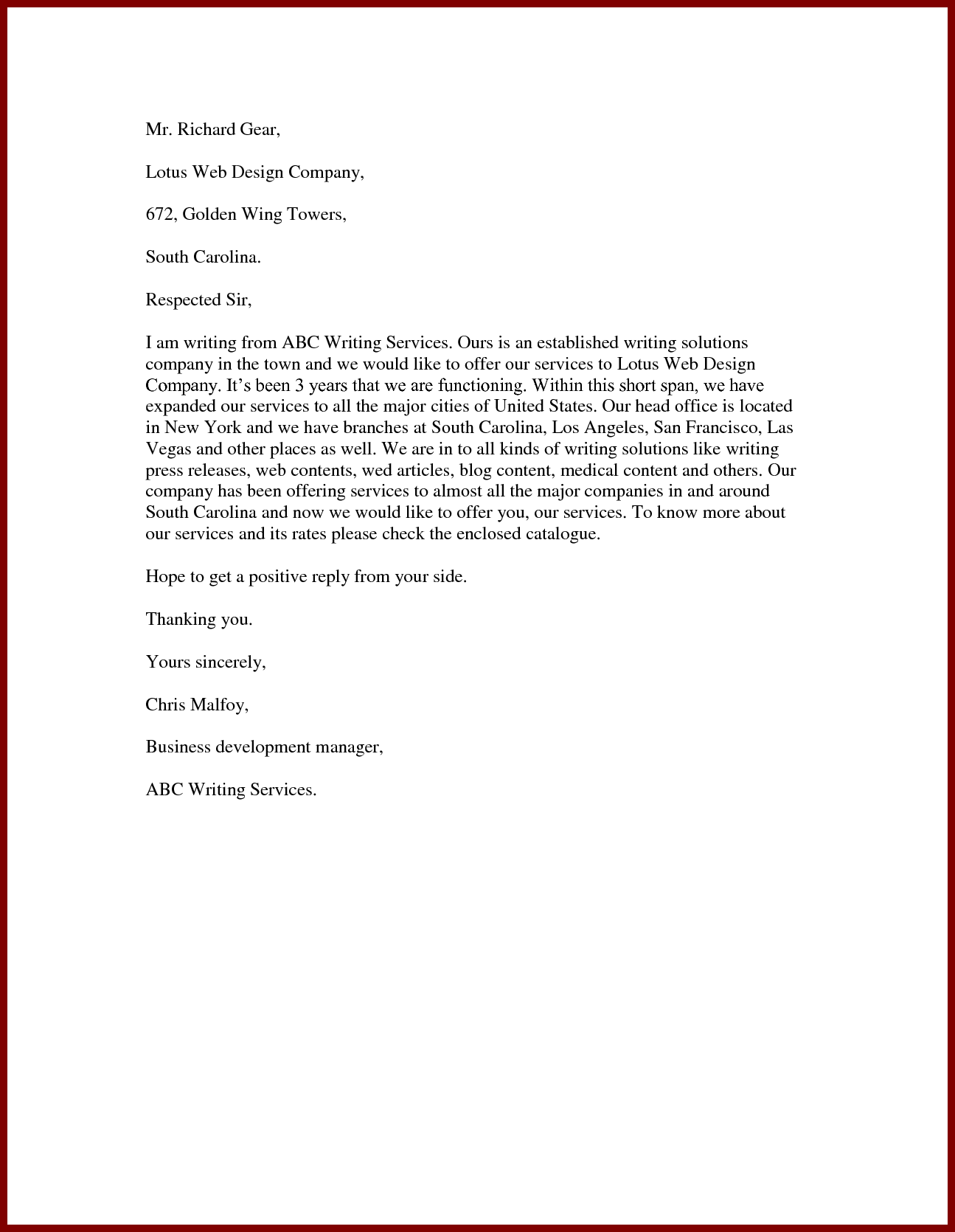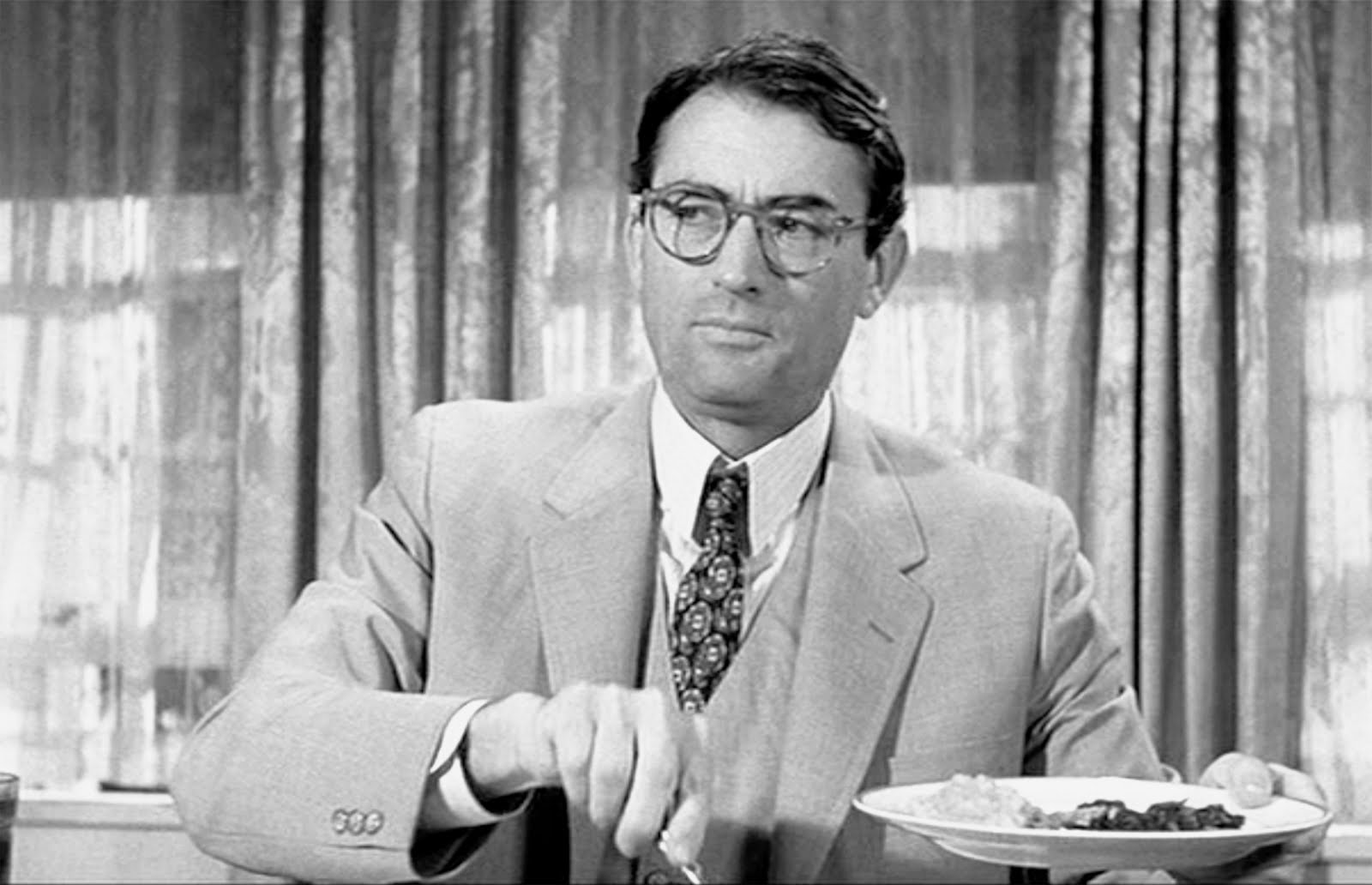Mammals (Humans) - Different Gas Exchange Systems in.
Fish, insects and mammals have very different gas exchange systems. They each increase the surface area:volume ratio in a different way. Fish have filaments and lamellae in the gills. These are very long and thin, maximising the surface area. In mammals, the tissue of the gas exchange surface folds back on itself. These folds of the alveoli.
Fish live in water, which has a low concentration of oxygen. This means lots of water has to flow over the gas exchange surface for the fish to take in enough oxygen. Water is also harder to ventilate than air because it is more viscous, so fish have to use lots of energy for ventilation. There is no risk of the gas exchange surface drying out.

Gas exchange in fish and insects. STUDY. PLAY. Fish-They have gills which consists of thin plates called gill filaments. This provides them a big surface area because it allows diffusion of oxygen to happen rapidly. Countercurrent flow in fish. Blood flows along the gill arch to the gill plates (lamellae). The blood flows into the capillaries carrying a low concentration of oxygen, flowing to.

Gas exchange in mammals fish and insects essay about myself Predictions about the future essay revolutionised smoking essay writing disadvantages of television an essay against the death penalty. Social support dissertation mental health.

Start studying 2: Gas exchange in fish, insects and birds. Learn vocabulary, terms, and more with flashcards, games, and other study tools.

Fish Gas exchange is more difficult for fish than for mammals because the concentration of dissolved oxygen in water is less than 1%, compared to 20% in air. Fish have developed specialised gas-exchange organs called gills, which are composed of thousands of filaments. The filaments in turn are covered in.

Therefore mammals have an internalised gas exchange system to keep the system moist. -The trachea in humans is lined with cilia which catch dirt particles from the air to stop the gas exchange surface from being clogged. There is also mucus lining the nasal passage and trachea that can stop particles from damaging the gas exchange surface.

BIOLOGY 90462 Describe diversity in the structure and function of animals. (mammals, insects, worm) or water (fish). Challenge of different environments and metabolic requirements. Animal groups show diversity to solve requirements for metabolism and size, and because of the medium they live in. Characteristics of an efficient gas exchange system large surface area moist thin permeable.

In complex, multicellular organisms cells organise themselves in such a way that enables a greater structure and function. Cells differentiate into specific structures and functions, and organise themselves as such into tissues. The different tissues can then form organs with yet a higher level of structure and function, and organs can work together in certain broad areas of the organism's.

An advantage of the insect gas exchange system is that they have air sacs which can store extra air for when it is needed. This is useful when an insect has a high energy demand (e.g. while flying), or when it is in a dry environment and needs to close it's spiracles to keep.

Gas Exchange in Animals Insects. Achievement. Insects have a tracheal system, which is a branching series of tubes that carries air from the outside of the insect through the spiracles (holes in the abdomen) directly to the cells and tissues inside the insect. The spiracles are lined with Chitin (exoskeleton) and the ends of the tracheoles are lined with thin gas exchange membranes and fluid.

For example, mammals breath in oxygen through their noses which then lead to their lungs and also breath out the carbon dioxide made through cellular respiration through their lungs. Respiratory System in the Jumping Spider. Jumping spiders take in oxygen from the air through their book lungs. Also, they have a tracheal system which transports the oxygen. Having both book lungs and a tracheal.

Gas exchange in insects By Davina and Fiona What features do insects need to reduce water loss? Terrestrial insects How do respiratory gases move in and out of the tracheal system? 1. Along a diffusion gradient When cells are respiring, oxygen is used up so oxygen concentration.



